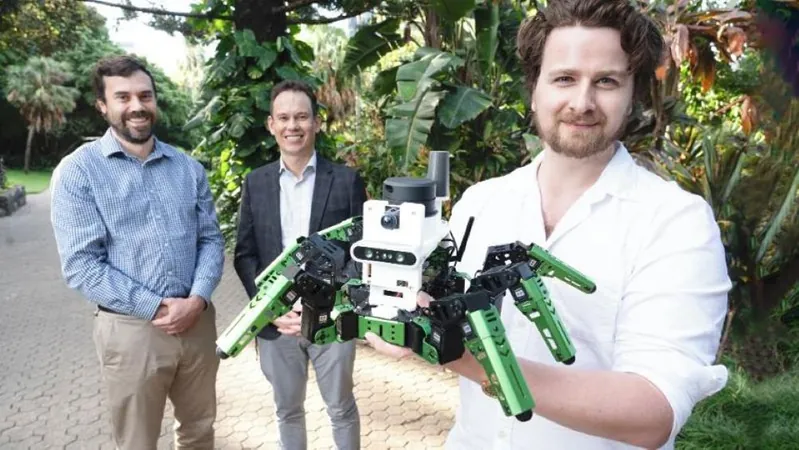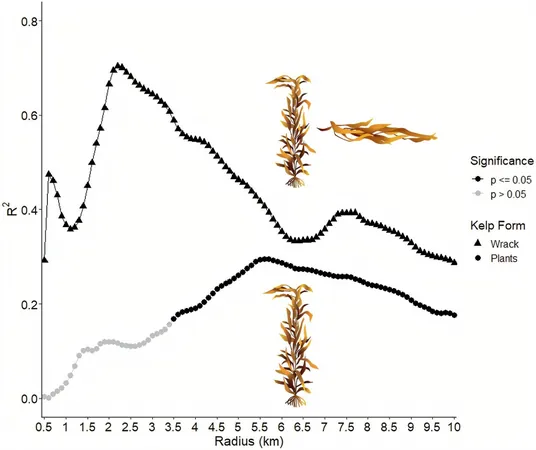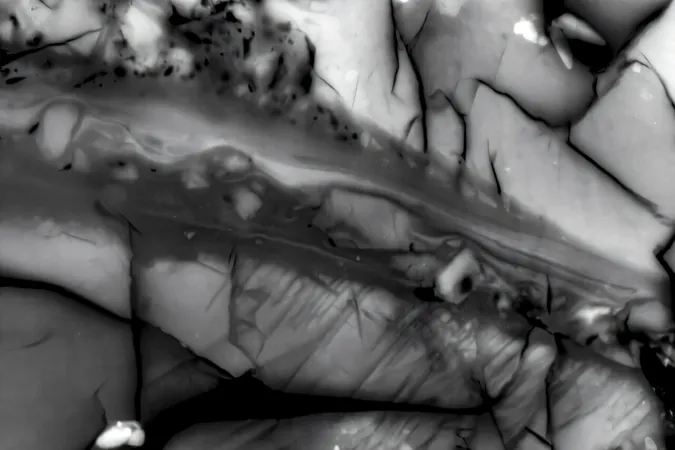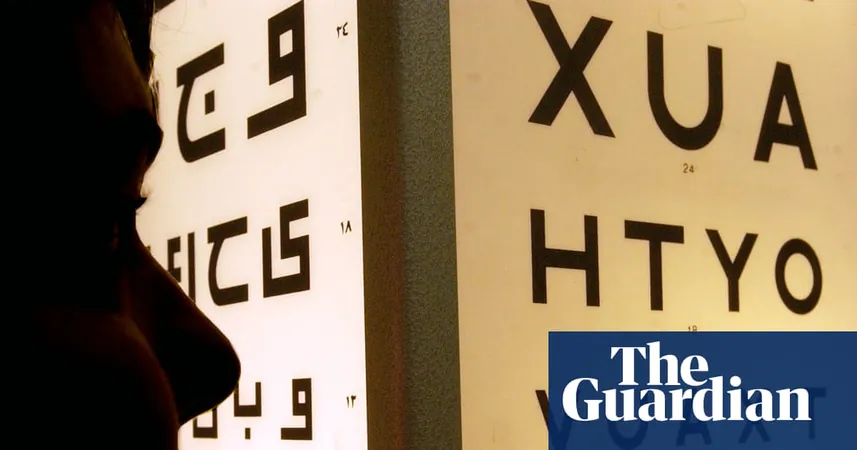
Revolutionary Neuromorphic Computing Transforms Robot Navigation!
2025-06-23
Author: Liam
Unlocking New Horizons in Robotics with Neuromorphic Technology
A groundbreaking innovation from the Queensland University of Technology (QUT) is setting the stage for a new era in robotic navigation! Enter LENS (Locational Encoding with Neuromorphic Systems), a system that leverages brain-inspired computing to redefine energy efficiency in robotic place recognition, as unveiled in the latest edition of Science Robotics.
Leading the charge is Dr. Adam Hines, alongside esteemed colleagues Professor Michael Milford and Dr. Tobias Fischer from QUT's Centre of Robotics and School of Electrical Engineering and Robotics. Together, they've crafted specialized algorithms that mimic human learning, processing information through electrical spikes akin to the signals our neurons use.
The Energy Revolution in Robotics
"Energy constraints are a significant hurdle for real-world robotics, especially in critical sectors like search and rescue, space exploration, and underwater navigation," Dr. Hines explained. With their neuromorphic system, they've managed to slash energy consumption for visual localization by an astonishing 99%. This incredible feat allows robots to operate longer and explore greater distances on a single charge!
Dr. Hines noted, "While we've understood the potential of neuromorphic systems, their complexity has often been a barrier—until now. Our new approach promises to revolutionize their application in robotics." In practical terms, LENS can recognize locations over an impressive 8km journey using a mere 180KB of storage, which is nearly 300 times less than traditional systems.
A Game-Changer in Low-Power Navigation
The innovative LENS system fuses a brain-like spiking neural network with a motion-sensitive camera and a low-power chip—all integrated into a compact robot. Dr. Hines remarked, "This technology illustrates the potential of neuromorphic computing to deliver real-time, energy-efficient location tracking, paving the way for futuristic low-power navigation devices."
With reduced energy demands, remotely operated robots can venture further and longer in their explorations. "Our system empowers robots to self-localize using visual data efficiently and swiftly," added Dr. Hines.
Pioneering Algorithm at the Helm
Dr. Fischer, an ARC DECRA Fellow, highlights that the true innovation within the LENS framework is a groundbreaking algorithm that taps into dual bio-inspired hardware components: a unique "event camera" for sensing and a neuromorphic chip for computation.
This event camera doesn't capture full images in every detail; instead, it continuously monitors for changes and movements at the microsecond level. "By detecting variations in brightness for each pixel, it closely mimics the way our eyes and brains interpret visuals," explained Dr. Fischer. Understanding one’s surroundings—visual place recognition—is critical for both humans and robots. While we navigate effortlessly, for machines, it's a daunting challenge.









 Brasil (PT)
Brasil (PT)
 Canada (EN)
Canada (EN)
 Chile (ES)
Chile (ES)
 Česko (CS)
Česko (CS)
 대한민국 (KO)
대한민국 (KO)
 España (ES)
España (ES)
 France (FR)
France (FR)
 Hong Kong (EN)
Hong Kong (EN)
 Italia (IT)
Italia (IT)
 日本 (JA)
日本 (JA)
 Magyarország (HU)
Magyarország (HU)
 Norge (NO)
Norge (NO)
 Polska (PL)
Polska (PL)
 Schweiz (DE)
Schweiz (DE)
 Singapore (EN)
Singapore (EN)
 Sverige (SV)
Sverige (SV)
 Suomi (FI)
Suomi (FI)
 Türkiye (TR)
Türkiye (TR)
 الإمارات العربية المتحدة (AR)
الإمارات العربية المتحدة (AR)